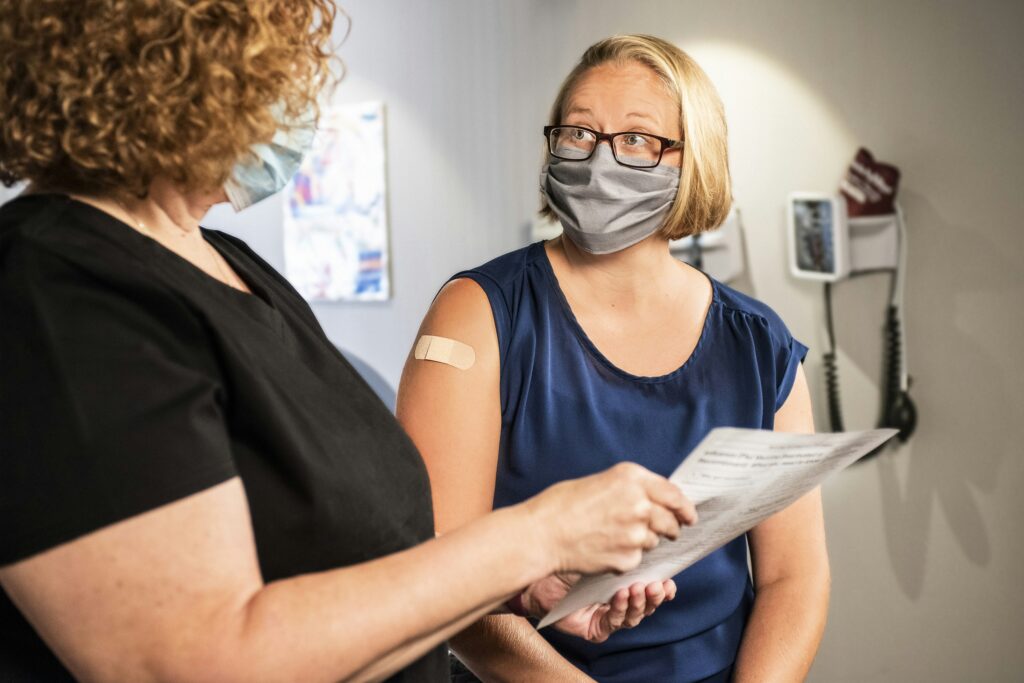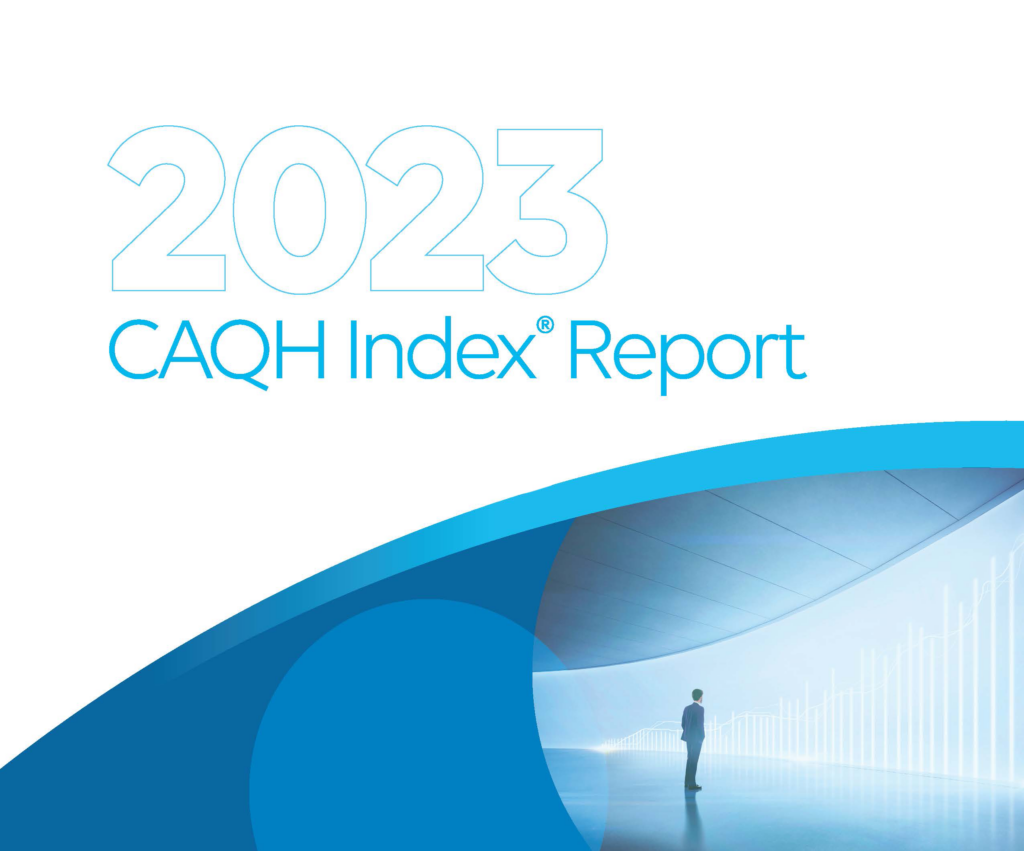
The Council for Affordable Quality Healthcare (CAQH) released their annual index earlier this month. Data from the 2023 CAQH index report sheds light on electronic administrative transaction adoption rates, time savings, cost avoidance, and the need for collaboration. The effects of the COVID-19 pandemic continue to be felt across sectors, adding to the strain of increasing costs, decreasing cost savings opportunities and increasing time spent on administrative tasks. Yet, there’s still hope. At UHIN, we’ve recognized similarly significant trends in our Clearinghouse transactions and claims management, specifically in claims submission and electronic remittance advice (ERA), and offer solutions that can move health plans to a more positive outcome for themselves and their members.
Our most intriguing takeaways from the 2023 CAQH index report:
- Volume increased
- Cost avoidance opportunities persist
- Collaboration & flexibility will be key moving forward
- Certain transactions make a big impact:
- Claims submission (ASC X12N 837: request to obtain payment or transmission of encounter information for the purpose of reporting delivery of healthcare services)
- Remittance Advice (ASC X12N 835: an explanation from a health plan to a provider about a claim payment)
1. Volume increased
The index report highlights that electronic transaction volume increased, but for one notable exception, in 2023 (for both payers and providers).
- Electronic claim submissions increased from 8,751 to 9,476
- Claim status inquiry increased from 2,254 to 2,820
- Only Electronic remittance advice decreased, moving from 2,499 last year to 2,080 in 2023, marking a 22% decrease
We facilitate each of these transactions and provide other valuable services, like EDI enrollment, to health plans. Since 1993, we’ve empowered our customers to provide better care and better costs to their members. To this day, we remain at the vanguard of electronic data interchange (EDI) and interoperability. Are you ready to learn more about our claims management solutions?
2. Cost avoidance opportunities persist:
Overall, the estimated medical industry spend increased from $55 Billion to more than $82 Billion, driven primarily by staffing shortages coupled with volume increases. In tandem, cost savings opportunities decreased to $16.4 Billion. The report reveals that $89 billion, or 22% of National Healthcare Expenditures in the U.S., is spent on administrative transactions, with potential savings of $18.3 billion through fully electronic transactions. Health plans can still save more than $140 million annually by automating transactions:
Savings opportunities:
- $104 million with electronic claims submissions
- $38 million by moving to electronic remittance advice
It’s important to remember that you don’t need to sacrifice quality when decreasing costs. UHIN provides high quality electronic claims management services at a comparatively low cost. We’ve been doing this for health plans for more than three decades and remain dedicated to our mission: Better costs and better care.
3. Collaboration and flexibility are key:
Looking ahead, the CAQH index report notes that the “industry will need to collaborate and remain flexible in order to identify opportunities and best practices, and respond to emerging and consistent challenges and business needs.”
We couldn’t agree more. Healthcare is complex and challenging. When UHIN looks at the fragmented nature of healthcare we know we need to act and be a force for change. As a central, neutral, community-created organization, we bring together all players in the healthcare environment to create a more connected healthcare system.
“With the data and technologies available to us today, we have the power to transform the way we conduct the business of healthcare. However, as an industry, we must align around consistent processes that enable providers to minimize the time spent learning new workflows. This is particularly important given the current labor shortage.”
Erin Weber, Chief Policy and Research Officer at CAQH (via CAQH)
4. Let’s dig into the transaction analysis:
Claims submission:
- $2.1 Billion in cost savings opportunity annually for electronic claims submission for providers and payers combined
- While electronic spend on claims by plans decreased in 2023 (from $576 Million to $517 Million), the total of costs avoided increased (from $4.2 Billion to $5 Billion)
Electronic remittance advice:
- Adoption increased five percentage points across the medical industry to 88% (the highest increase among the transactions)
- Medical volume decreased 22 percent
- $701 Million in cost savings opportunity annually for electronic remittance advice across the medical industry

